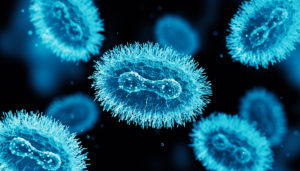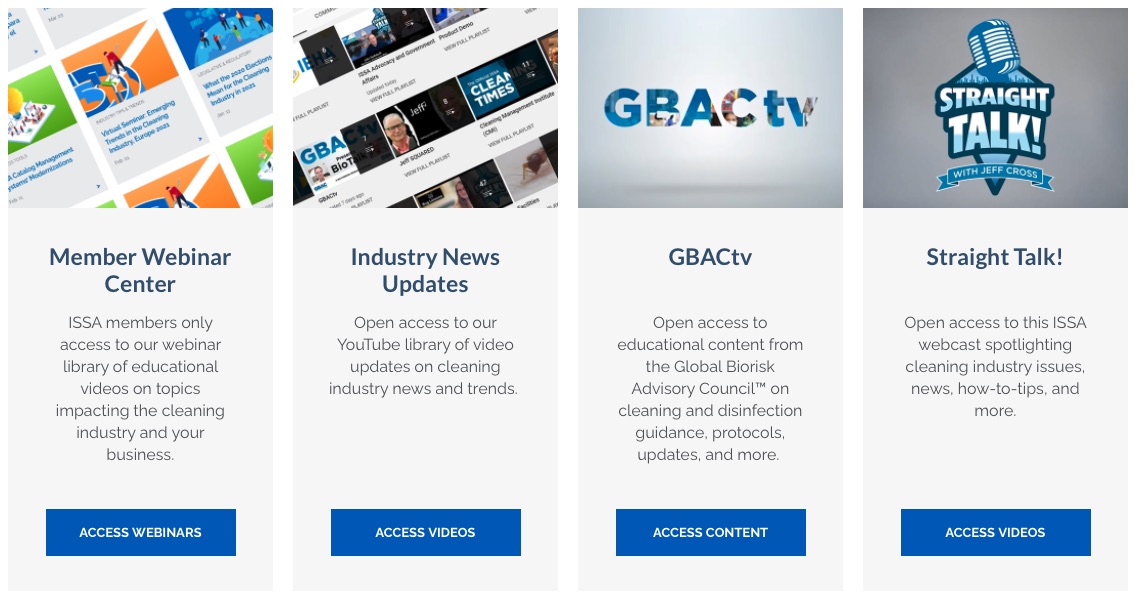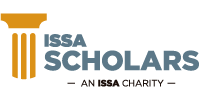Mpox (Monkeypox): Prevention and Control for the Cleaning Industry
What is Mpox?

Mpox (formerly known as monkeypox) is a rare disease caused by infection with the monkeypox virus, which is in the same family as the virus that causes smallpox. Mpox symptoms are similar to smallpox symptoms, but mpox is less contagious and is not typically fatal. Humans can contract mpox by coming into close contact with an infected person or animal, or by having contact with material contaminated with the virus, such as bedding.
Cleaning Guidelines
The U.S. federal government, through the U.S. Centers for Disease Control (CDC), states:
- Mpox can survive on porous and non-porous surfaces for days without proper cleaning.
- The virus can spread by touching objects, fabrics, and surfaces that have been used by someone with mpox.
- It’s recommended to disinfect all areas – such as homes and vehicles – where a person with mopox spent time.
Learn more about your role in controlling the mpox outbreak by watching ISSA’s Mpox Alert videos.
Read about how cleaning professionals and building facilitators can put CDC recommendations into practice.
Worker Protection
Workers performing cleaning tasks in areas contaminated by symptomatic individuals with mpox or environments reasonably anticipated to be contaminated with infectious body fluids are at risk of exposure. As of August 30, 2022, the U.S. Occupational Safety and Health Administration (OSHA) has not issued worker protection guidelines or guidance regarding mpox. However, the CDC has provided Isolation and Prevention Practices for People with Mpox.
Appropriate Disinfectants
Use a U.S. Environmental Protection Agency (EPA)-registered disinfectant that is effective against a Tier 1 enveloped virus to disinfect surfaces. Look for products with a label which claims to be effective against other enveloped viruses such as norovirus, rotavirus, adenovirus, or the poliovirus.





